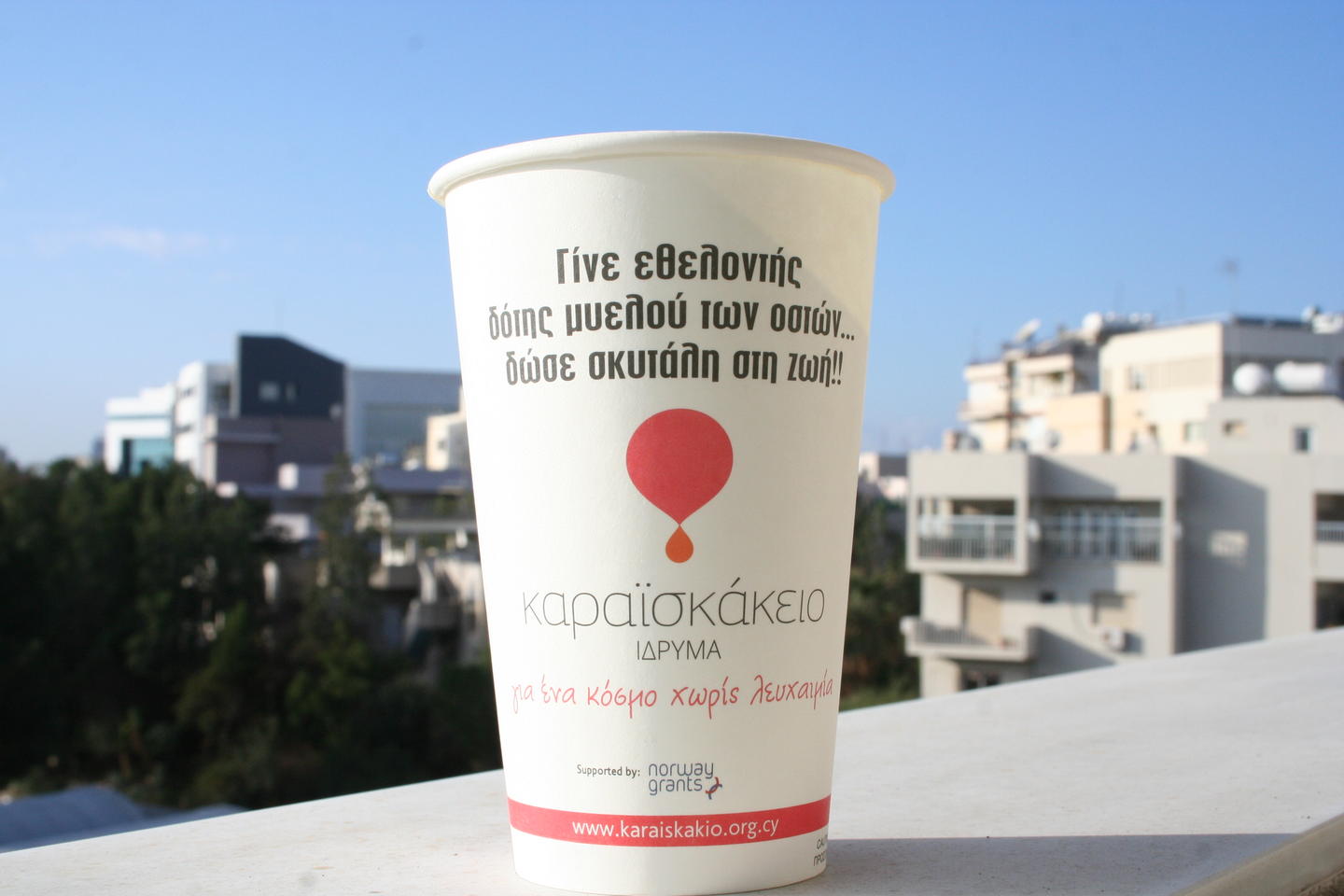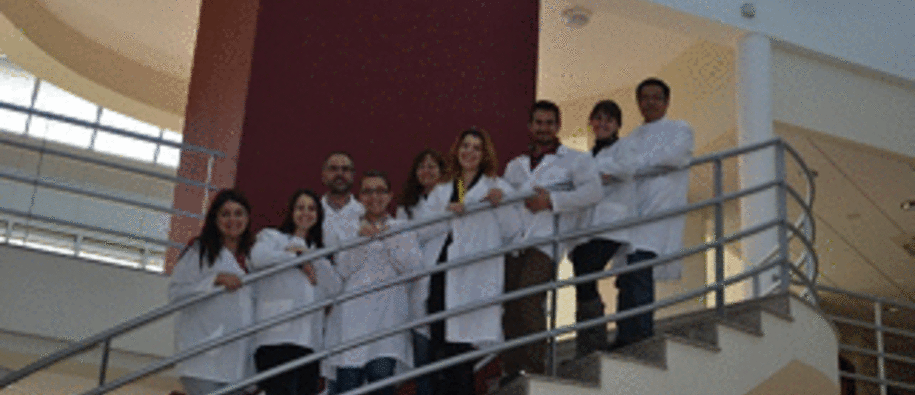Every year, hundreds of Cypriots are being diagnosed with blood cancers like leukaemia and other life-threating illnesses where a bone marrow transplant is the only life-saving option. Finding a compatible donor is often challenging; only people in good health between the ages of 18 to 45 are eligible, and the chances of compatibility are reduced when patients cannot find a donor among close family members. The island’s genetically heterogeneous population adds to the challenge of matching patients with donors.
“Because tissue types are inherited, having donors from diverse backgrounds increases the likelihood that the patient will find a life-saving match,” says Dr Costeas.
The Karaiskakio Foundation is organising and managing the Cyprus Bone Marrow Donor Registry with the ultimate objective of helping patients – free of charge - in need of a bone marrow donor. To this aim, the Karaiskakio Foundation has received Norwegian funding to upgrade the infrastructure, address technical and operational weaknesses and improve the capacity of the Cyprus Bone Marrow Donor Registry.
The project puts a special emphasis on donor recruitment and reaching out to both communities – the Greek-Cypriot and Turkish-Cypriot. The response has been overwhelming; the ambition was to recruit 2000 young donors, but so far more than 20 000 have signed up. The total number of registered donors is now close to 140 000. This makes the Cyprus Bone Marrow Donor Registry of the Karaiskakio Foundation the largest per capita bone marrow registry in the world.
“The Cypriots have responded massively to the less fortunate and suffering members of society,” Dr Costeas states proudly.
Helping both communities
A large number of recruitment events have taken place all over the country in places like shopping malls, universities, clinics and cafés. For a specific Cypriot café chain, the coffee cup campaign “give the baton to life – become a donor in the battle against leukaemia” proved to be a major success.
“The paper cup has become the café’s most popular, and will be continued to be used in the promotion of the cause,” Dr Costeas tells.
Around 86 % of all donors come from the Greek-Cypriot community and 14% from the Turkish-Cypriot community. Dr Costeas highlights the importance of reaching out to both communities, but concedes that more work needs to be done to bridge the communication gap. For this reason, a Turkish speaking employee was hired under the project to help prepare promotional material in Turkish.
“This has significantly improved the communication with the Turkish-Cypriot community,” he explains.
Joint efforts
The creation of a bilingual website and an active presence on social media are among the tools the Karaiskakio Foundation use in order to get their message across to potential bone marrow donors. This has also caught the attention of their European counterparts in the Group of Medium Sized European Registries (GEMS) and it was among the topics when delegates from 23 different countries came together at an international GEMS conference on Cyprus, October 2013. The conference had a broad scope
“We are working together to address recruitment, tissue typing, communication and common challenges for our organisations,” Dr Costeas explains.
The conference was organised by Karaiskakio Foundation and the Norwegian Bone Marrow Registry (NBMDR). Dr Torstein Egeland, Head of NBMDR and Chair of GEMS, stresses the need for coordinated efforts and increased cooperation between medium-sized registries:
“Since the members of GEMS are approximately the same size and work within the same European legal framework, it is important that we see what we can achieve together,” Dr Egeland says.
Dr Egeland underlines that each bone marrow registry must adapt their recruiting activities to their own strategies and resource situation, but is impressed with what the Karaiskakio Foundation has accomplished.
“They serve as a good example on how to reach out to a wider audience,” he says.
Thinking about tomorrow
Dr Costeas is satisfied with the current condition of the registry’s infrastructure, although keeping track of fast technological changes and the ageing of the registry remain challenges for the future. He emphasises that a bone marrow donor can make a huge difference:
“A patient could be waiting for someone like you. You could be the one to save a life.”
About the project
Norway has provided €681 127 to this project. The project started in February 2013 and is planned to end in July 2015.
Read more about when the project was honoured at the Presidential Palace in Nicosia here
Read more about the project here
Read more about the Norwegian Financial Mechanism programme here

